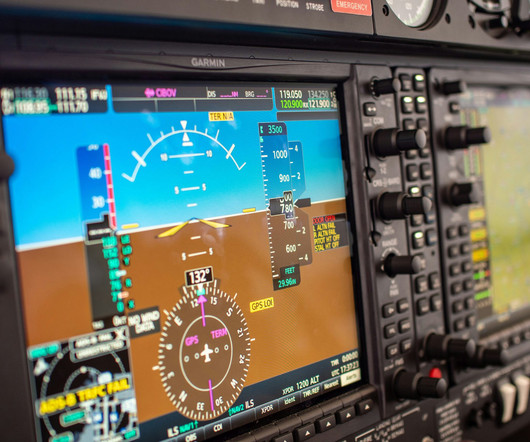Don’t Stop at Private Pilot—10 Reasons to Get Your Instrument Rating Next
Inflight Pilot Training
MARCH 30, 2025
During your instrument training, youll become proficient with: IFR-certified GPS navigation Approach procedures and autopilot integration Flight planning and fuel calculations Weather radar, NEXRAD, and in-flight data tools Youll learn not just to use technologybut to use it well.











Let's personalize your content